Health-Conscious Trends
The Lemonade Market is experiencing a notable shift towards health-conscious choices among consumers. As individuals increasingly prioritize wellness, the demand for natural and organic lemonade options has surged. This trend is reflected in the growing popularity of beverages that are low in sugar and free from artificial additives. According to recent data, the market for organic beverages, including lemonade, has expanded significantly, with a projected growth rate of approximately 8% annually. This shift indicates that consumers are not only seeking refreshing drinks but also those that align with their health goals. Consequently, brands that emphasize natural ingredients and health benefits are likely to thrive in the Lemonade Market, catering to a demographic that values both taste and nutrition.
Innovative Flavor Profiles
The Lemonade Market is evolving with the introduction of innovative flavor profiles that cater to adventurous consumers. Traditional lemonade is being reimagined with unique ingredients such as exotic fruits, herbs, and spices, creating a diverse range of flavor options. This trend is indicative of a broader movement towards experimentation in the beverage sector, where consumers are increasingly seeking novel taste experiences. Market analysis shows that beverages with unique flavor combinations are gaining traction, with a growth rate of approximately 9% in the last few years. As brands continue to innovate and expand their flavor offerings, they are likely to attract a wider audience in the Lemonade Market, appealing to those who desire more than just the classic lemonade experience.
Artisanal and Craft Offerings
The Lemonade Market is witnessing a rise in artisanal and craft lemonade products, appealing to consumers' desire for unique and high-quality beverages. This trend is characterized by small-scale producers who focus on using premium ingredients and innovative flavor combinations. The craft beverage movement has gained momentum, with consumers increasingly willing to pay a premium for artisanal products that offer distinctive taste experiences. Market data suggests that the craft beverage segment, including lemonade, has seen a growth rate of around 10% in recent years. This indicates a shift away from mass-produced options towards more personalized and authentic offerings. As a result, brands that embrace artisanal methods and emphasize craftsmanship are likely to capture the attention of discerning consumers in the Lemonade Market.
Convenience and Ready-to-Drink Options
The demand for convenience is a significant driver in the Lemonade Market, as consumers increasingly seek ready-to-drink options. Busy lifestyles have led to a preference for beverages that require minimal preparation, prompting brands to offer pre-packaged lemonade products. This trend is particularly evident in the rise of single-serve and on-the-go packaging, which caters to consumers looking for quick and easy refreshment. Recent market data indicates that the ready-to-drink beverage segment, including lemonade, has experienced a growth rate of around 7% annually. As convenience becomes a priority for consumers, brands that focus on providing accessible and portable lemonade options are likely to thrive in the Lemonade Market, meeting the needs of a fast-paced society.
Sustainability and Eco-Friendly Practices
Sustainability initiatives are becoming a driving force within the Lemonade Market, as consumers increasingly demand eco-friendly products. Brands that adopt sustainable practices, such as using recyclable packaging and sourcing ingredients responsibly, are likely to resonate with environmentally conscious consumers. Recent studies indicate that a significant portion of consumers is willing to pay more for products that are sustainably produced. This trend is reflected in the growing market for eco-friendly beverages, which has expanded by approximately 12% in recent years. As awareness of environmental issues continues to rise, companies that prioritize sustainability in their operations and product offerings may gain a competitive edge in the Lemonade Market, appealing to a demographic that values ethical consumption.
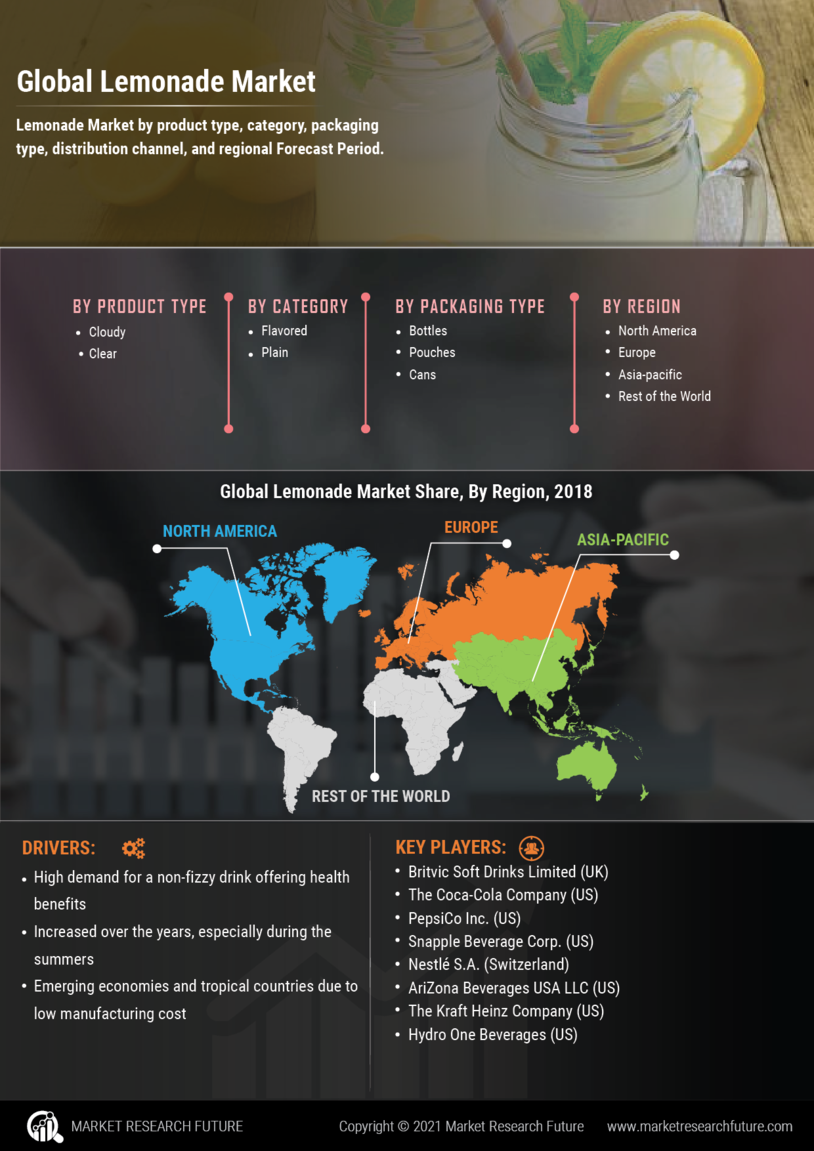

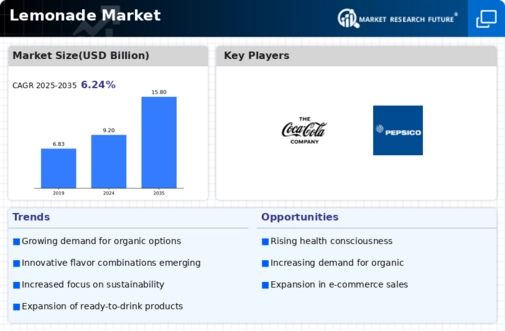
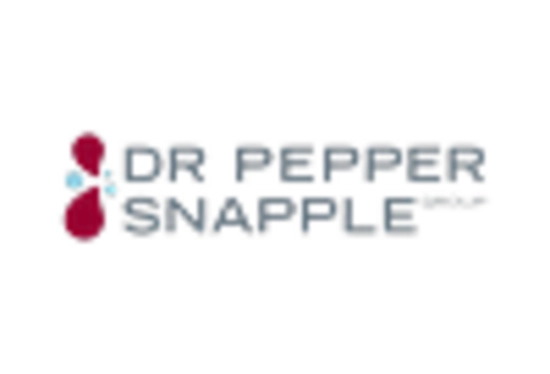
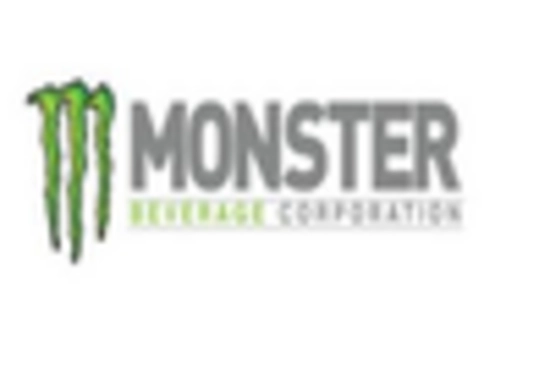
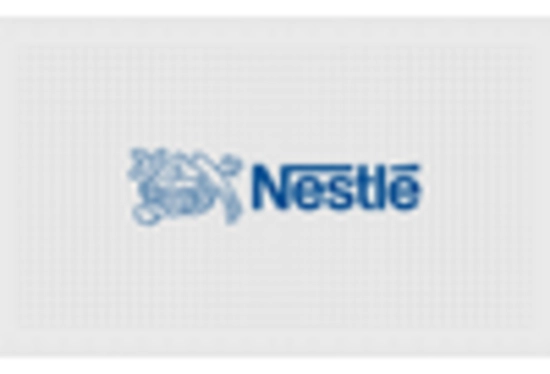
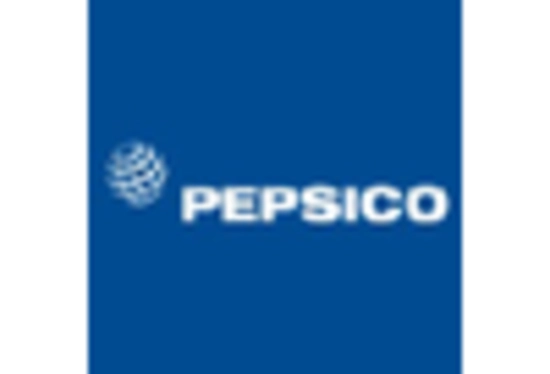
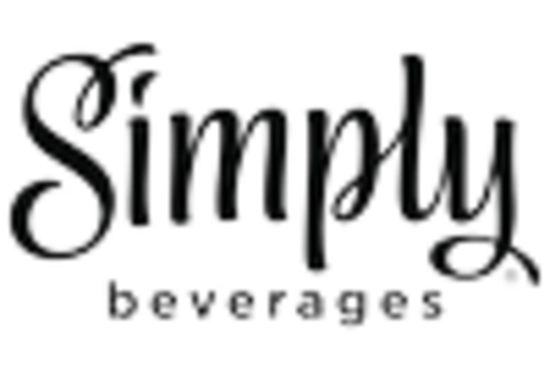
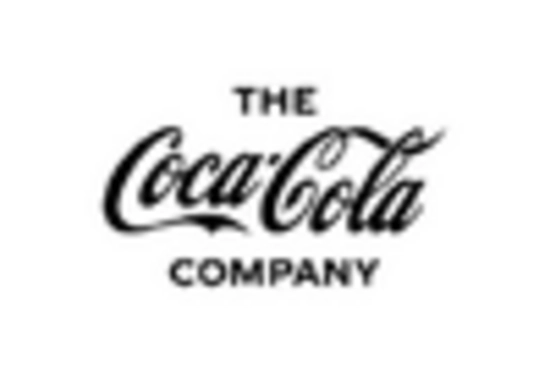








Leave a Comment